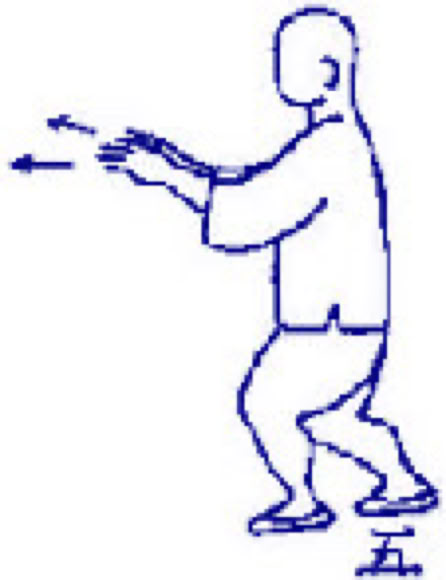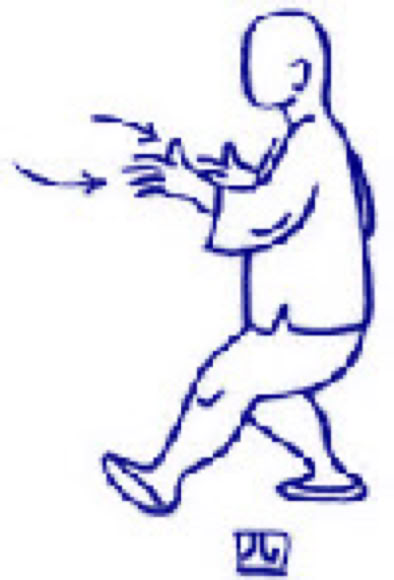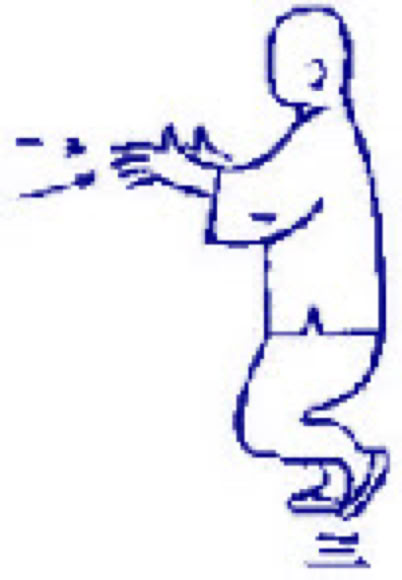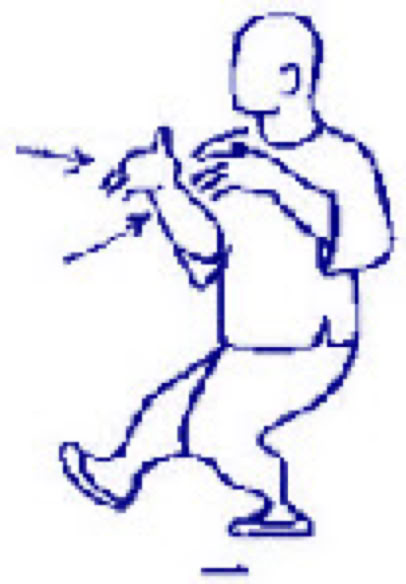

Ancient Taoism in Contemporary
Management Training & Martial Art


MARTRIX ORG.
Get your feeling working!
MARTRIX ORG.
Get your feeling working!
Ancient Taoism in Contemporary
Management Training & Martial Art


• HOME • About MARTRIX • Workshops • Trainers • Management Training • Coaching • Intuitive Boxing • Taikiken • Hachidankin • Baduanjin • 99-Taijiquan • Longevity • MartriX Exclusive Shop • Video Clips • Downloads • BrainQuakes• Index Page • Links • E-mail • HOME Nederlands •
Taikiken - Kination
Menu: TaiKi
The spontaneous way
What is Taikiken
Objective of Taikiken
Theory Taikiken
Taikiken Ritsu Zen
The six directions of power
Taikiken Han Zen
Taikiken Yuri
Taikiken Hai
Taikiken Hakkei
Taikiken Suishu
Taikiken Kumite





Testing Force: Yuri - SHILI
Shi li, allows you to try out in motion the "force" developed mainly by zhan zhuang exercises. We are trying to keep in motion the same feelings like in zhan zhuang.
We can feel "force", all the time ready to use it. For an outsider shi li exercises look much alike tai chi chuan. Here we have the same slow (even slower), flowing, gentle movements with the whole body moving as unity.
Unlike tai chi quan, yiquan has not complex sets of complicated movements though. Usually, some simple movements are repeated many times. On higher stage one can link different movements at will in improvised form. Just like in jiji zhuang, in shi li you "seek force in relaxation".
Actually, it means not complete relaxation but using some very small amount of force.
To achieve this, the practitioner must be relaxed, but at the same time imagining that his
movements are hindered by some resistance.
For example, imagine that some springs are attached to your finger-tips with one end and to a distant tree with the other. Moving you press and then stretch the springs.
But you shouldn't tense, using too much force. "Use mind, not force".
The slower you move in shi li, the better, effects will be more satisfactory. It can be described as "seeking non-movement in movement". We are moving, but all the time ready to stop or change direction of motion -"Move as if you'd like to stop, but not stopping".
Later we move to "seeking speed in slowness". There are many shi li exercises, executed in pingbu position (feet parallel, shoulder-width apart), dingbabu (basic "combat" position) and with steps. One of the simplest is pingtui shi li: where you do
push-pull movements with your hands, stressing and stretching springs.
Apart from push-pull, there is also upward-downward and closing-opening forces (you can imagine more springs or use other visualizations that help you feel resistance).
You should feel resistance on the whole surface of your moving body.
Also legs are very important and should feel resistance there (for example while closing-opening knees). In case of dingbabu position the weight is moving between proportion 7/10 on back leg and 3/10 on front leg to 5/5. We should feel "elastic connection" between all parts of body. Beginners can start from the basic hands movement, gradually adding supplementary movements and moving other parts of body, according to the rule: "from part to whole".
Of course this is not detailed description of this exercise. My aim is only to help readers understand what these exercises look like in general.

Breath in

Breath out

© MARTRIX org. Design by:
TheFeel.org multimedia
https://martrix.org
info@thefeel.org
Last modified
January 2026
